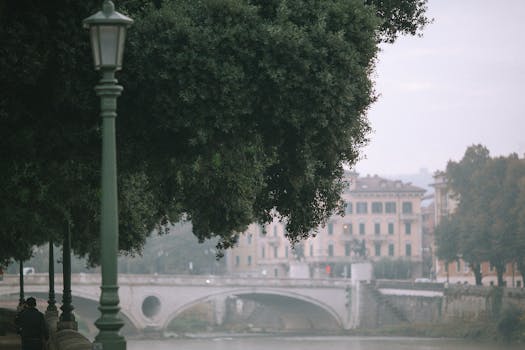
Urban Green Spaces: The Future of Outdoor Living in European Cities by 2025
Urban Green Spaces are becoming increasingly important in European cities, and for good reason. As the world becomes more urbanized, the need for green spaces in cities is growing. Urban Green Spaces are not just aesthetically pleasing, but they also provide numerous benefits for the environment, public health, and the economy. In this article, we will explore the future of outdoor living in European cities and how urban green spaces will play a crucial role in shaping it.
Introduction to Urban Green Spaces
Urban green spaces refer to any area in a city that is covered in vegetation, such as parks, gardens, green roofs, and green walls. These spaces can be public or private and can range in size from small gardens to large parks. Urban green spaces are important because they provide a range of benefits, including improving air quality, reducing urban heat islands, and providing habitats for wildlife.
Benefits of Urban Green Spaces
There are numerous benefits to urban green spaces, including:
- Improved air quality: Urban green spaces can help to remove pollutants from the air, improving air quality and public health.
- Reduced urban heat islands: Urban green spaces can help to reduce the urban heat island effect, which occurs when built-up areas absorb and retain heat.
- Increased biodiversity: Urban green spaces can provide habitats for wildlife, increasing biodiversity and supporting local ecosystems.
- Improved mental health: Spending time in urban green spaces can improve mental health and well-being, reducing stress and anxiety.
- Increased property values: Urban green spaces can increase property values, making them a valuable asset for cities and residents.
The Future of Outdoor Living in European Cities
By 2025, European cities will be even more urbanized, with an estimated 80% of the population living in cities. As a result, the need for urban green spaces will be greater than ever. Cities will need to prioritize the creation and maintenance of urban green spaces to ensure that residents have access to the benefits they provide. This will require innovative solutions, such as green roofs and walls, and community-led initiatives to create and maintain urban green spaces.
Case Studies of Urban Green Spaces in European Cities
There are many examples of successful urban green spaces in European cities. For example:
- Paris’s Green Walls: Paris has implemented a number of green walls throughout the city, which have helped to reduce air pollution and improve air quality.
- Amsterdam’s Green Roofs: Amsterdam has implemented a number of green roofs, which have helped to reduce urban heat islands and improve biodiversity.
- London’s Parks: London has a number of large parks, which provide habitats for wildlife and improve air quality.
Conclusion
In conclusion, urban green spaces are essential for the future of outdoor living in European cities. They provide numerous benefits, including improved air quality, reduced urban heat islands, and increased biodiversity. By prioritizing the creation and maintenance of urban green spaces, cities can ensure that residents have access to the benefits they provide. As we look to the future, it is clear that urban green spaces will play a crucial role in shaping the future of outdoor living in European cities by 2025.






